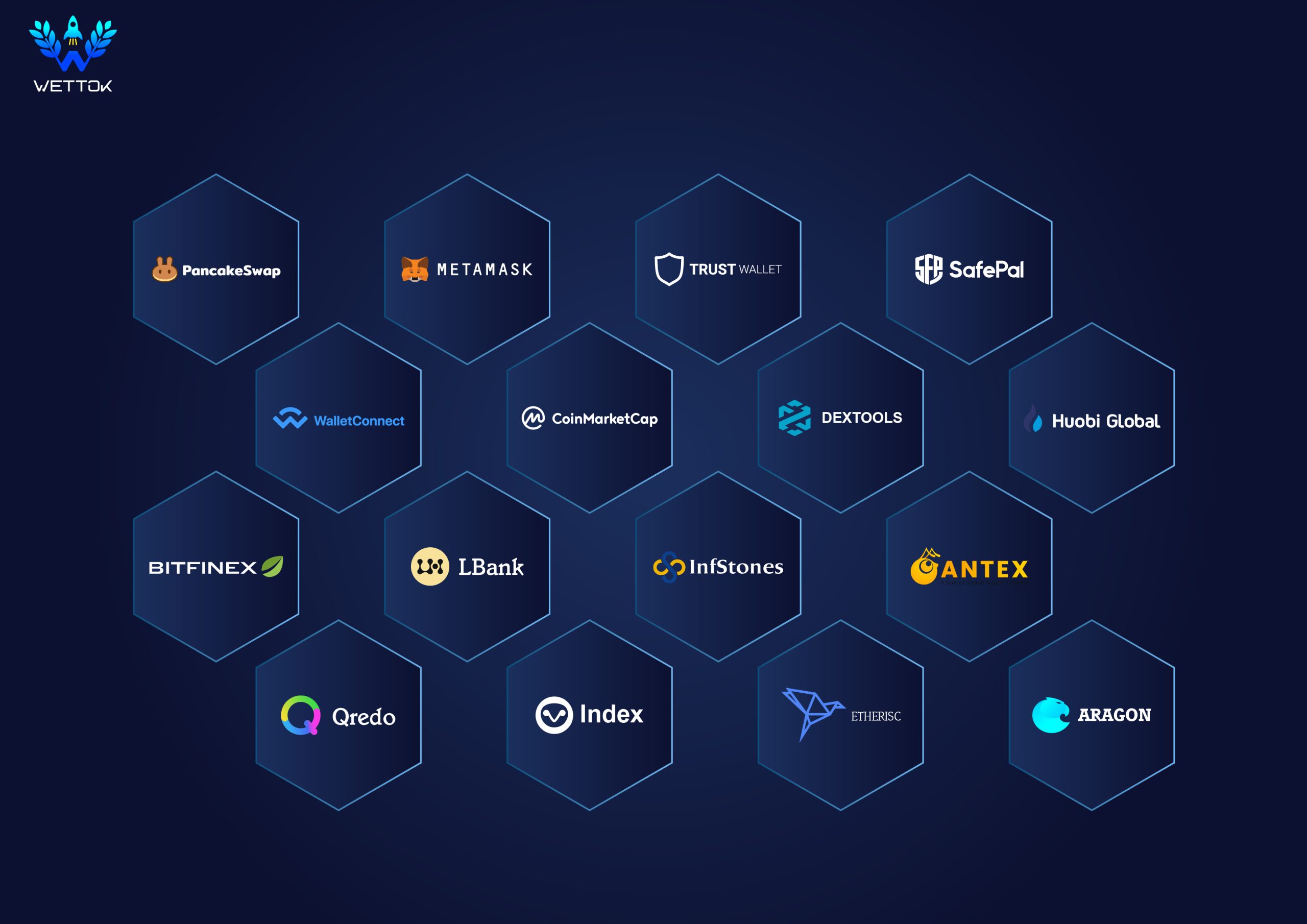

Since its inception in 2009, Bitcoin has captivated the imagination of investors, technologists, and the broader public alike. Often hailed as “digital gold,” Bitcoin represents a revolutionary form of money that transcends traditional financial systems and central authorities.
Before you add Bitcoin to your investment portfolio to capitalize on the opportunities presented by the digital currency of the future, here’s a rundown of all you need to know about Bitcoin’s history, technology, investment potential, prospects, and more.
Content
The Genesis of Bitcoin
Bitcoin traces its origins back to a white paper published in 2008 by an anonymous individual or group known as Satoshi Nakamoto. Titled “Bitcoin: A Peer-to-Peer Electronic Cash System,” the white paper outlined a decentralized digital currency system that would enable peer-to-peer transactions without the need for intermediaries such as banks or financial institutions. On January 3, 2009, the Bitcoin network went live with the mining of the first block, known as the “genesis block,” marking the birth of the world’s first cryptocurrency.
Understanding Bitcoin’s Technology: An Overview
Blockchain: At the core of Bitcoin’s technology is the blockchain, a distributed ledger that records all transactions in a chronological and immutable manner. The blockchain consists of a series of blocks, each containing a batch of transactions, which are linked together in a chain-like structure. Every node in the Bitcoin network maintains a copy of the blockchain, ensuring redundancy and preventing single points of failure.
Decentralization: Bitcoin operates on a decentralized network of nodes with no central authority or single point of control. Anyone can participate in the Bitcoin network by running a full node, which validates and relays transactions, maintains a copy of the blockchain, and helps secure the network through the process of mining.
Mining: Mining is the process by which new bitcoins are created, and transactions are confirmed and added to the blockchain. Miners compete to solve complex mathematical puzzles, known as proof-of-work (PoW), using computational power. The first miner to solve the puzzle earns the right to add a new block of transactions to the blockchain and receives a reward in the form of newly minted bitcoins, as well as transaction fees.

Consensus Mechanism: Bitcoin’s consensus mechanism ensures that all nodes in the network agree on the state of the blockchain and the validity of transactions. The consensus mechanism is achieved through the PoW algorithm, which requires miners to expend computational power to solve mathematical puzzles and secure the network. This decentralized consensus mechanism prevents double-spending and ensures the integrity and security of the Bitcoin network.
Public Key Cryptography: Bitcoin uses public-key cryptography to secure transactions and wallets. Each user in the Bitcoin network has a pair of cryptographic keys: a public key, which serves as their address and is visible to others, and a private key, which is used to sign transactions and prove ownership of bitcoins. Transactions are cryptographically signed with the sender’s private key and can only be verified with their corresponding public key.
Peer-to-Peer Network: Bitcoin transactions are broadcasted and propagated across a peer-to-peer network of nodes, allowing for direct, trustless transactions between users without the need for intermediaries or central authorities. Each node in the network maintains a copy of the blockchain and independently verifies and validates transactions, ensuring consensus and preventing fraud.
Scarcity and Halving: Bitcoin is designed to be deflationary, with a fixed supply cap of 21 million coins. This scarcity is enforced through a predetermined issuance schedule, which halves the block reward approximately every four years in an event known as the “halving.” The halving reduces the rate at which new bitcoins are created, gradually decreasing the supply and increasing scarcity over time.
Open Source Development: Bitcoin’s software is open source, meaning that its codebase is publicly available and can be inspected, audited, and contributed to by anyone. This open and transparent development process ensures the integrity and security of the Bitcoin protocol, allowing for continuous innovation and improvement by developers and contributors worldwide.
Recommended Read: Institutional Investors’ Growing Interest in Bitcoin Could Propel Cryptocurrency to New Heights
Bitcoin as Digital Gold
One of Bitcoin’s most compelling attributes is its status as “digital gold.” Like gold, Bitcoin is scarce, fungible, divisible, and resistant to censorship and confiscation. With a fixed supply cap of 21 million coins, Bitcoin is designed to be deflationary, meaning its value may increase over time as demand outpaces supply. This scarcity, combined with its decentralized nature and security features, has led many investors to view Bitcoin as a hedge against inflation and a safe haven asset in times of economic uncertainty.

The Potential of BitcoinInvestments
Store of Value
Bitcoin’s limited supply and decentralized nature make it an attractive store of value asset, akin to gold or other precious metals. Many investors view Bitcoin as a hedge against fiat currency depreciation and inflation, seeking to preserve and grow their wealth over the long term.
Portfolio Diversification
Incorporating Bitcoin into a diversified investment portfolio can help mitigate risk and enhance overall returns. Bitcoin’s low correlation with traditional asset classes, such as stocks and bonds, makes it an effective diversification tool, reducing portfolio volatility and improving risk-adjusted returns.
Potential for Capital Appreciation
Bitcoin has demonstrated remarkable price appreciation since its inception, with early adopters and investors reaping significant returns on their investments. While past performance is not indicative of future results, many analysts and investors believe that Bitcoin has the potential for continued capital appreciation as adoption and acceptance increase.
Hedge Against Economic Uncertainty
Bitcoin’s decentralized nature and censorship resistance make it immune to government manipulation or interference, making it an attractive hedge against political instability, economic turmoil, and financial repression. In times of crisis, Bitcoin has proven resilient, with its value often rising as traditional markets falter.
Global Adoption and Acceptance
As Bitcoin adoption continues to expand globally, fueled by increasing institutional interest, regulatory clarity, and technological advancements, its investment potential grows exponentially. Institutions, corporations, and high-net-worth individuals are increasingly allocating capital to Bitcoin as a strategic asset in their investment portfolios.
Strategies for Investing in Bitcoin
Long-Term Holding: Take a long-term investment approach by accumulating Bitcoin and holding it in a secure wallet for the foreseeable future. This strategy allows investors to benefit from Bitcoin’s potential for long-term capital appreciation while minimizing short-term volatility and trading costs.
Dollar-Cost Averaging (DCA): Implement a dollar-cost averaging strategy by regularly investing a fixed amount of capital into Bitcoin at predetermined intervals, regardless of price fluctuations. DCA helps smooth out market volatility and reduces the risk of mistiming the market.
Secure Storage: Prioritize security when storing your Bitcoin holdings by using reputable hardware wallets, cold storage solutions, or multi-signature wallets. Protect your private keys and use best practices for securing your digital assets to minimize the risk of theft or loss.
Risk Management: Manage risk by diversifying your investment portfolio and avoiding overexposure to Bitcoin. Consider allocating a portion of your portfolio to other asset classes, such as stocks, bonds, and real estate, to spread risk and enhance overall portfolio stability.
Stay Informed: Stay informed about market developments, regulatory changes, and technological advancements that may impact Bitcoin’s price and market sentiment. Follow Kenson Investments for the latest advancements and news regarding DeFi investments.
Digital asset consultants at the company offer tailored blockchain-based investment strategies based on fundamental analysis, market trends, and risk management principles. Everyone at the digital asset strategy consulting firm stays up-to-date with the latest trends and developments in the cryptocurrency space.
Get in touch for investment analysis, portfolio management, and digital asset advisory services.
About the Author
Susan P. is a seasoned cryptocurrency enthusiast, and blockchain technology advocate with a deep understanding of the digital asset landscape. With 8 years of experience in the cryptocurrency space, she has been actively involved in researching, investing, and educating others about the transformative potential of blockchain technology and cryptocurrencies like Bitcoin.
Disclaimer: The content provided on this blog is for informational purposes only and should not be construed as financial advice. The information presented herein is based on personal opinions and experiences, and it may not be suitable for your individual financial situation. We strongly recommend consulting with a qualified financial advisor or professional before making any financial decisions. Any actions you take based on the information from this blog are at your own risk.

Jeremy is a crypto blog author who has been in the blockchain industry for 3 years. He loves to read and write about cryptocurrencies, blockchain technology, and cryptocurrency news. He is also an avid trader of various digital assets such as bitcoin and other altcoins on various exchanges including Binance, Bitfinex, Kraken, Kucoin etc.




